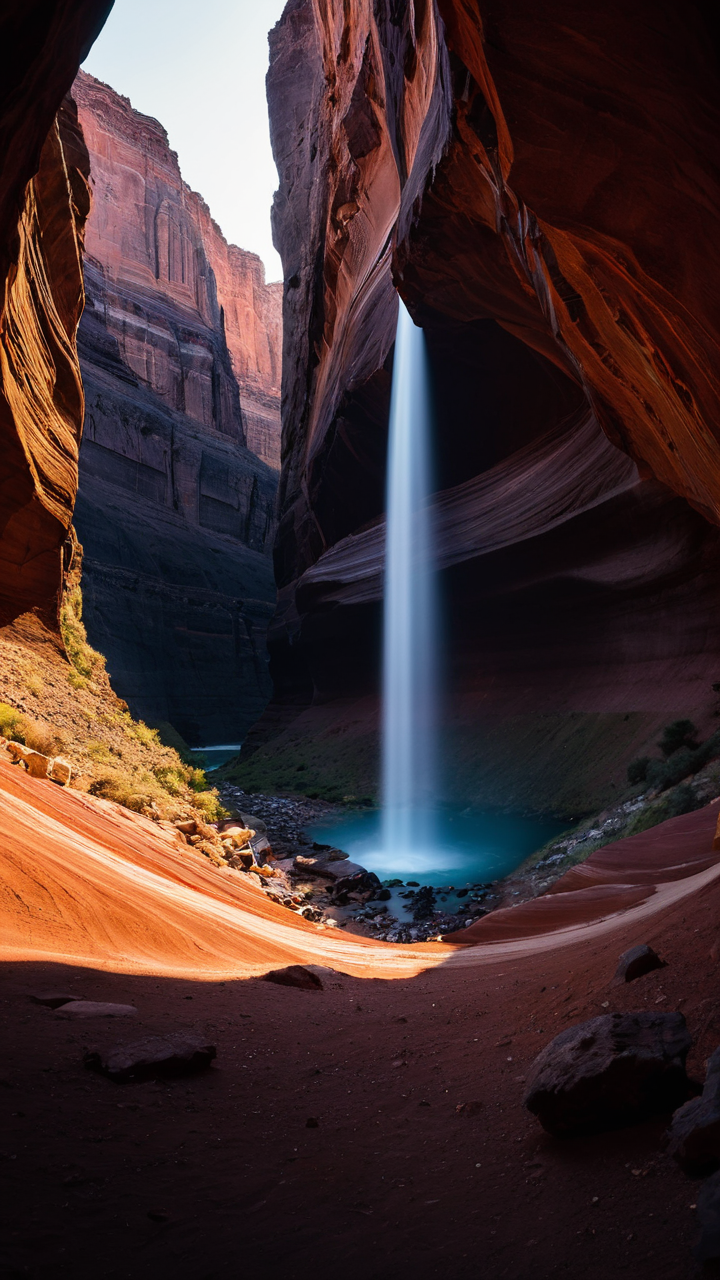
The Whispering Wonders of Canyon Acoustics
Have you ever visited a canyon and been amazed by how clearly you can hear sounds, even from a considerable distance?
This phenomenon, often called the “Sky Trumpet” effect, isn’t magic; it’s a fascinating demonstration of how the unique geometry of canyons influences sound waves.
Unlike open spaces where sound dissipates quickly, canyons act as natural amphitheaters, focusing and reflecting sound, resulting in surprisingly long-range audibility.
This article will delve into the acoustic principles behind this remarkable effect, exploring the role of reflection, refraction, and diffraction in creating the “Sky Trumpet.
” We’ll also examine specific examples and consider the impact of various canyon characteristics.
The Physics of Sound Amplification in Canyons
The amplification of sound in canyons is primarily due to the repeated reflection of sound waves off the canyon walls. Imagine a sound wave as a ball bouncing between two parallel walls.
Each bounce results in a slight loss of energy, but the overall effect is a significant increase in the sound’s intensity within the canyon. This is particularly effective at lower frequencies, which are less prone to scattering and absorption.
The parallel walls of the canyon create what’s known as a waveguide, channeling the sound energy and preventing its rapid dispersion.

The shape and size of the canyon significantly impact the amplification effect. Narrower canyons tend to produce stronger amplification due to less opportunity for sound energy to escape.
The smoothness of the canyon walls also plays a role; rough surfaces absorb more sound energy, reducing the overall amplification.
Refraction and Diffraction: Contributing Factors
While reflection is the dominant factor, refraction and diffraction also contribute to the “Sky Trumpet” effect. Refraction refers to the bending of sound waves as they pass through media with different densities.
Temperature gradients within the canyon can cause refraction, further concentrating sound waves. Diffraction, on the other hand, is the bending of sound waves around obstacles.
This raises an interesting question about our future.
While canyon walls mainly reflect sound, diffraction can help sound waves spread into areas that wouldn’t otherwise be reached by direct reflection.
This is especially noticeable at the canyon’s opening, where sound waves can be diffracted outwards, potentially carrying the sound to greater distances than the canyon’s length might suggest.
Think of it like this: reflection is like a perfectly bounced tennis ball, while refraction and diffraction are the subtle changes in trajectory caused by wind or uneven terrain. All three work together to create the amplified sound effect.
Real-World Examples and Further Exploration
Many canyons around the world are known for their remarkable acoustic properties. The Grand Canyon in Arizona, USA, is a prime example, with documented instances of sounds carrying surprisingly long distances.
Similarly, various canyons in Utah and other mountainous regions showcase this phenomenon. You can find numerous videos online demonstrating the amplified sound within these natural amphitheaters.
Searching for “Grand Canyon acoustics” or “canyon sound amplification” on YouTube or other video platforms will reveal compelling examples.
[Link to a relevant YouTube video showing canyon acoustics]
Further research into this topic could involve studying the impact of different canyon shapes, sizes, and geological compositions on sound propagation.
Investigating the effects of weather patterns, such as wind and temperature, could also provide valuable insights.
The field of architectural acoustics draws heavily on these principles, applying them to design spaces with optimized sound propagation.
Actionable Takeaways and Conclusion
Understanding the “Sky Trumpet” effect offers a deeper appreciation for the interplay between acoustics and geography. Next time you find yourself in a canyon, take a moment to listen carefully and appreciate the natural amplification of sound.
The next time you design an auditorium or outdoor space, consider the principles of reflection, refraction, and diffraction to optimize the audio experience.
The wonders of canyon acoustics remind us of the intricate beauty and power of natural phenomena.



